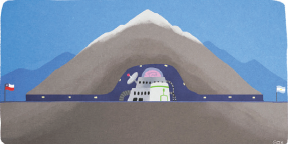The ANDES Deep Underground Laboratory
REVIEW
Abstract
Deep Underground Laboratories (DUL) provide a unique environment to address some key questions in basic and applied science. A penetrating radiation due to cosmic rays is present at ground level at a rate of a few hundred particles per square meter per second. Moving deep underground with more than 1000m of overburden allows a reduction of this flux by 5 to 8 orders of magnitude. Frontier experiments in search for dark matter or neutrino properties can be designed and operated in DUL thanks to this background reduction. The ANDES DUL is foreseen to be built at the same time as the Agua Negra tunnel planned between the Argentine province of San Juan and the Chilean region of Coquimbo. It is designed to be a world class deep and large laboratory, operated by an international consortium.


